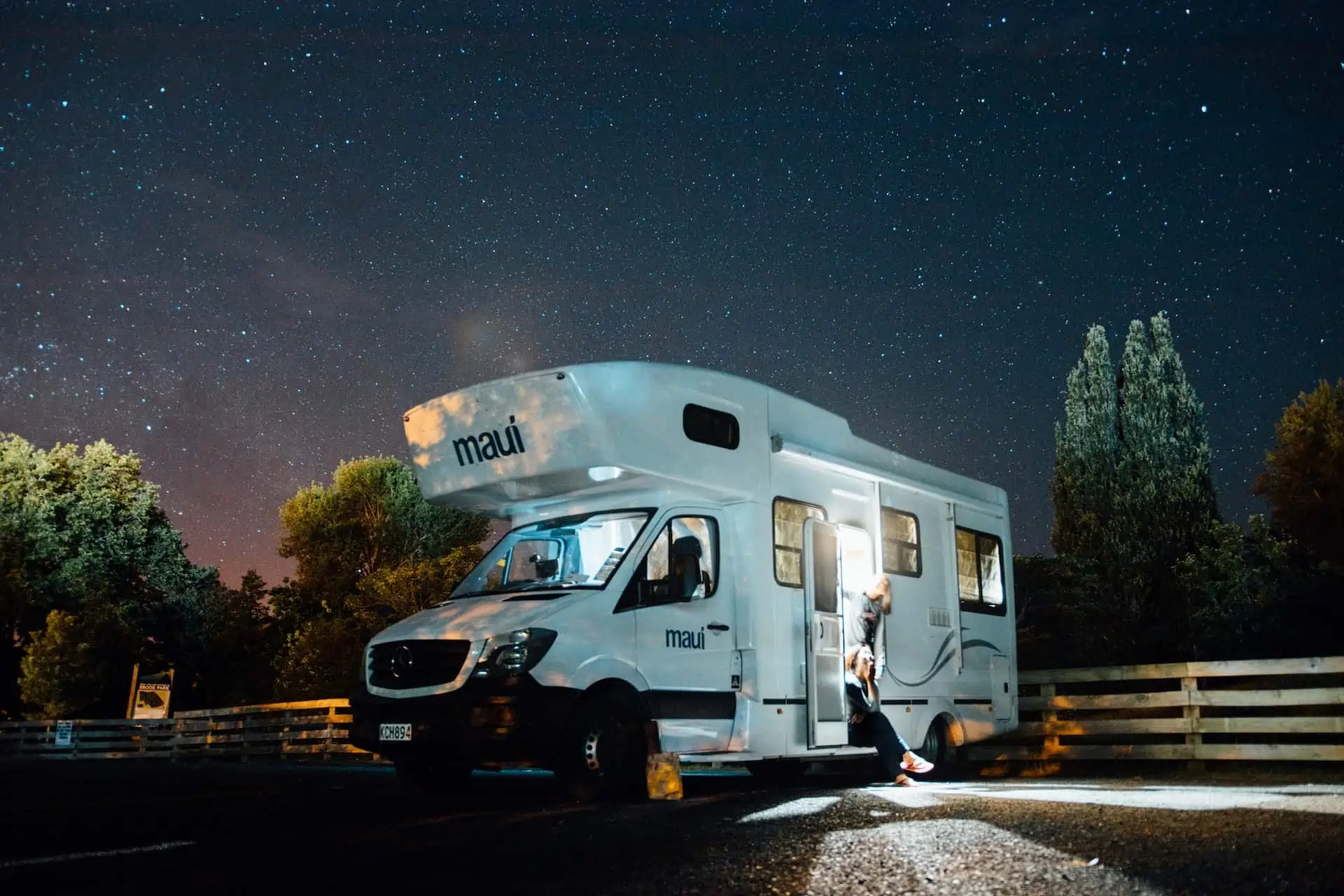Say goodbye to expensive hotel bills and tricky tent setups. Traveling in an RV is a good option if you want to see the country but don’t want the hassle of finding accommodation. You can enjoy camping without worrying about setting up a tent or packing your gear every day.
Buying an RV is exciting as you imagine your many adventures in your transportable home. Unfortunately, this enthusiasm can cloud your judgment and lead you to miss details throughout the buying process. Make sure you look out for these things while looking for your new travel home.
1. Nasty Mold
RVs can be hotspots for mold growth, especially if they’re older and used. Poor ventilation, limited climate control, and hard-to-reach spaces make it easy for moisture to gather throughout the RV. And when the RV heats up in the sun, mold has a field day.
Examine the following mold-growing places carefully to protect your health while traveling:
- under mattresses
- behind drawers and cabinets
- compartments with limited/no circulation
- beneath floorboards
2. Sneaky Water Damage
Water damage can lead to various future problems in your RV, including mold growth and structural damage to the vehicle. It’s important to note any signs of water damage to ensure you get your money’s worth.
Here are the most common signs of water damage in an RV that you should look out for:
- Water stains on the ceiling and walls
- A musty smell
- Rusty or discolored metal fixtures
- Spongy flooring or carpeting
- Damp spots on the floors or ceilings near windows or doors
3. Rust Issues
Rust is a type of corrosion that forms on metal when it’s exposed to air and water for extended periods of time. You can usually resolve smaller rust issues with a wire brush and a rust prevention treatment. More serious rust issues can cause structural failure of the vehicle, so they must be attended to!
Look for rust on the body and the underbelly of the vehicle. A professional vehicle inspection will always include this step.
4. Crumbling Caulking
If you can safely get on top of the RV to inspect the caulking, do so. If you can’t, hire a professional to check it out.
If the caulking around the vents and seams in the RV is crumbling, you’ll soon have to deal with leaks. Leaks can cause substantial damage quickly, so you need that protective seal to be intact.
Damaged caulking isn’t necessarily a sign of a low-quality RV, but it’s seldom a sign of a great one! When buying used camper vans, you want the selling party to have put in the effort to repair the RV to as high of a standard as possible.
Travel in Style by Buying an RV
RVs are a great option for any person, family, or group of friends that want to travel without hotel costs or camping setup. And now that you know what to look out for when buying an RV, you’re on your way to travel extraordinaire!
Have you considered buying an RV and living on the road?
If you enjoyed this post, check out the rest of our blog for more on travel and lifestyle.

